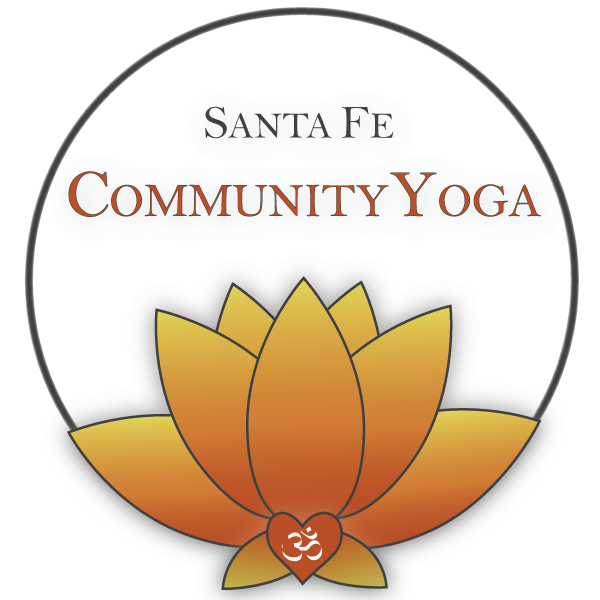Blog post written by Eliza Skye.
“We can’t be afraid of change. You may feel very secure in the pond that you are in, but if you never venture out of it, you will never know that there is such a thing as an ocean, a sea. Holding onto something that is good for you now, may be the very reason why you don’t have something better.”
Annica, the Buddhist Doctrine of Impermanence, informs us that change is inevitable, continuous, and unavoidable. Hindu traditions talk about Shakti, the cosmic, divine feminine energy that continually manifests, keeps things going for a while, then dissolves them. Corinthians in the Bible states, “Therefore, if anyone is in Christ, he is a new creation. The old has passed away; behold, the new has come.” The Hebrew translation for change is ‘ma’avar’, which means to “cross over,” to “pass through”. Many traditions note how taking on a spiritual practice seems to invite more change into that practitioner’s life, and those traditions offer guidance for navigating change with grace.
Change is often messy, and can happen in an instant. Sometimes it can seem that change is a major obstacle or disruption in the flow of life. When visualizing change, I often call to mind the image of the Kyenay Bardo, or the Tibetan Bardo of Birth & Life, as a river, flowing forward as our perception of time. Ahead of us lie countless obstacles - perhaps there is a dam, debris, or the river diverts or splits. We cannot guess what is just beyond the foreseeable future, and of course there may be obstacles hidden just under the surface. All of these bumps in the path ahead are representations of the change that we have to navigate in order to move forward with our lives. This means that we must make adjustments, alter our preconceived routes, and integrate experiences for a smoother voyage.
Navigating change can be supported by our yoga practice if we look at the way we navigate a hatha yoga class. First, we can set an intention so we understand what we are navigating toward. Then, we are better able to choose the right path when the river splits. Next, we must stay present throughout the process, or we will find ourselves off balance. Have you ever noticed how difficult it is to stay in a balancing pose if your mind is wandering? When we cannot stay present through change, even though it is often uncomfortable, we may emerge from the experience off balance and confused, less prepared for the next bump (which will certainly lie ahead). Finally, yoga helps us in the letting go of expectations and desires. Letting go is necessary to truly sway with the changes staying stuck or falling out of your boat.
Navasana (Boat Pose)
In order to navigate the river of this life’s bardo, we must find our boat in Navasana, or Boat Pose. Navasana is excellent for practicing all of the skills for navigating change that yoga has to offer us. First, we set the intention of finding some variation of Boat Pose, which can range from beginner/adaptive to very challenging. Then, we enter the pose with presence and stillness of mind. Finally, we have to let go of the idea that there is a “goal” with Boat Pose. You may fall out of the pose, or have to adjust to a less challenging variation, and let go of the attachment to where you think the pose should end, because no yoga pose has an ending. There is always a way to deepen each pose in your practice. No matter what, Boat Pose is a wonderful balancing pose, specifically strengthening the abdomen, hip flexors and spine. It stimulates the function of the kidneys, thyroid and prostate glands, and intestines and helps improve digestion. One of the best things about Navasana is that you can easily play in it with a partner. Partners can bring so much to this pose, just as they can in navigating the changes of life.


